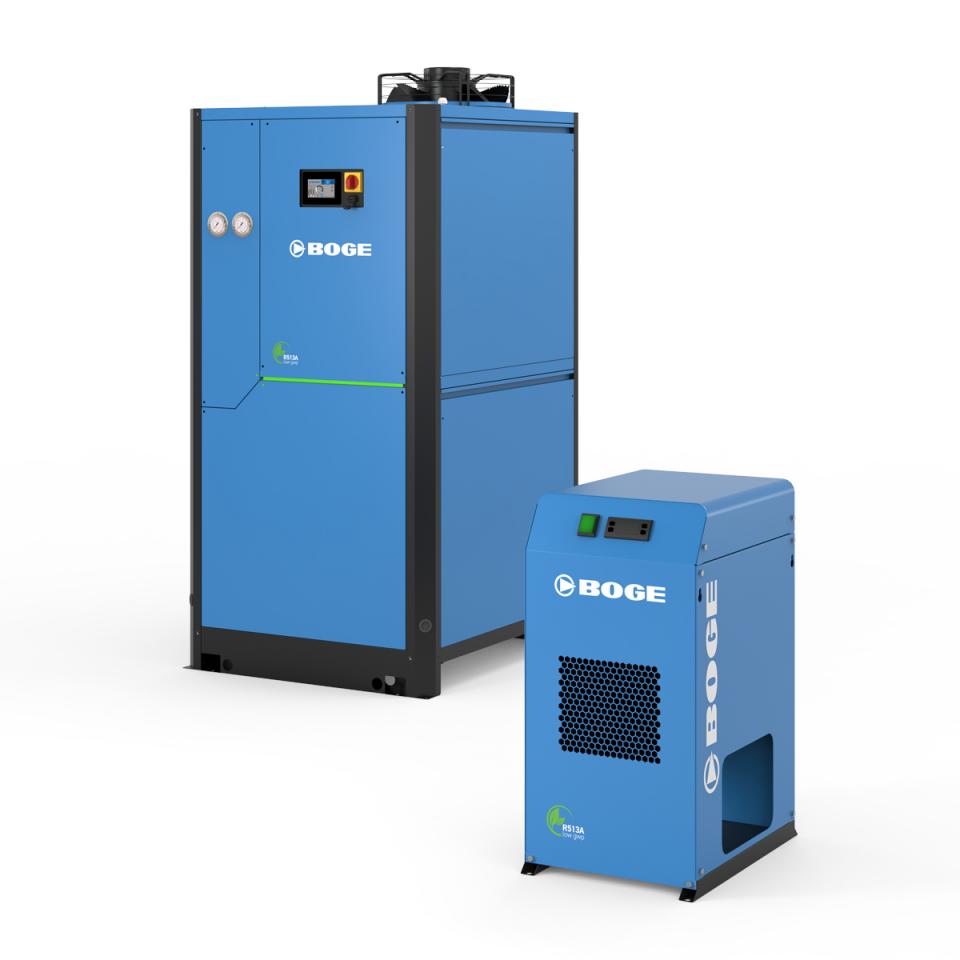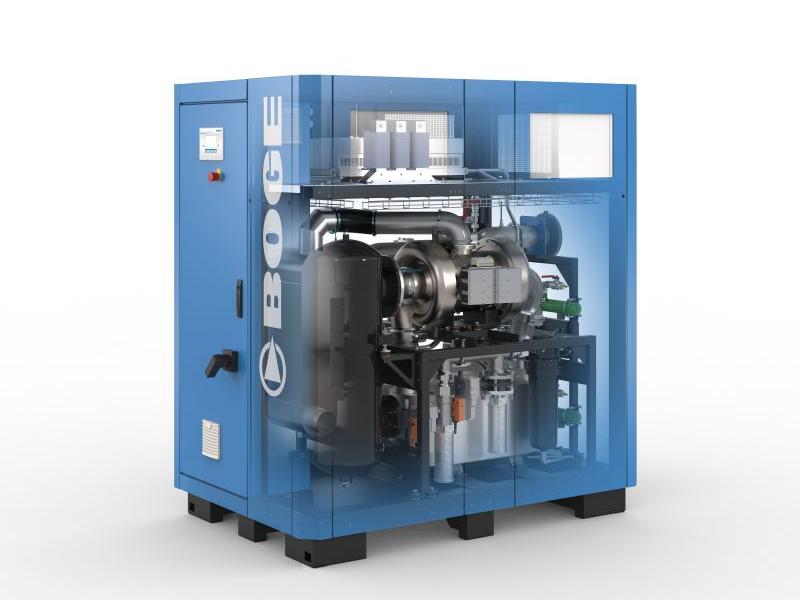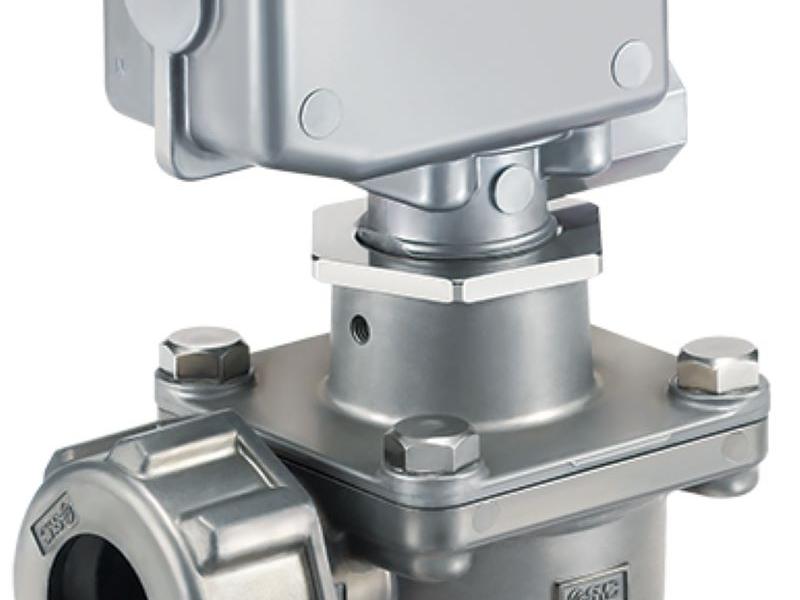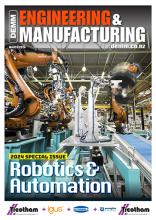Towards a sustainable future – the new refrigerant dryers from BOGE's DS-2 series are even more environmentally friendly than their predecessors. They come with refrigerant R 513 A as standard, which has much lower global warming potential than the refrigerants previously used. But it is not just their remarkably low CO2 footprint that gives the new refrigerant dryers the edge; they also offer economic advantages. The smart control perfectly adjusts to the actual demand and reduces power consumption at a constant pressure dew point. Other components also ensure efficient operation.
Economical in every detail: BOGE's new DS-2 refrigerant compressed air dryers really do save energy. For example, the smart control automatically switches off the cooling compressor at partial load as soon as the required dew point has been reached. The cooling temperature is stored in the heat exchanger. This cold reserve cools the incoming compressed air until the dew point rises again. The cooling compressor only starts up again to maintain the required temperature level, and thus only begins consuming energy at this point. This principle allows energy savings of up to 79% compared to a dryer in continuous operation. The new frequency-controlled fan ensures a stable condensation pressure and reduces energy consumption by up to 25%. Furthermore, the patented design of the heat exchanger combined with low differential pressures and a low refrigerant requirement results in lower power consumption. The high efficiency components reduce pressure losses to a minimum, which prevents over-compression.
Advantages in sustainability and cost effectiveness
Not only are the new refrigerant compressed air dryers extremely efficient, they are also environmentally friendly. Using the climate-friendly refrigerant R 513 A significantly reduces the global warming potential compared to the refrigerants previously used. With a GWP (Global Warming Potential) of 573, the new devices exceed the requirements of F-Gas Regulation EU 517/2014 which stipulate a significant reduction in emissions of fluorinated greenhouse gases (F-gases) by 2030 to protect the environment. Furthermore, the models of the DS series require a very small amount of refrigerant to begin with. Another advantage: thanks to the hermetically sealed refrigerant circuit and a CO2-equivalent less than 10t, the entire series is exempt from the leak tightness test stipulated in the F-Gas Regulation. So users save the costs of testing by certified refrigeration technicians. Using refrigerant R 513 A results in a better eco and cost balance with maximum supply reliability.
A control that thinks for itself
The new control further reduces the consumption and costs of BOGE's refrigerant compressed air dryer. In this way the control integrated as standard allows perfect adjustment to real operating conditions. It responds to temperature fluctuations immediately which minimizes the power consumption. The smart control also offers convenient and intuitive operation via a high quality 4.3"‘ touchscreen. It can even be easily incorporated into an existing infrastructure thanks to various interfaces. Communication takes place by Modbus RTU, USB ports or optionally by Modbus TCP/IP. Other new components, for example electronic hot gas bypass valves, in conjunction with the installed scroll compressors ensure efficient drying and reliable operation.






